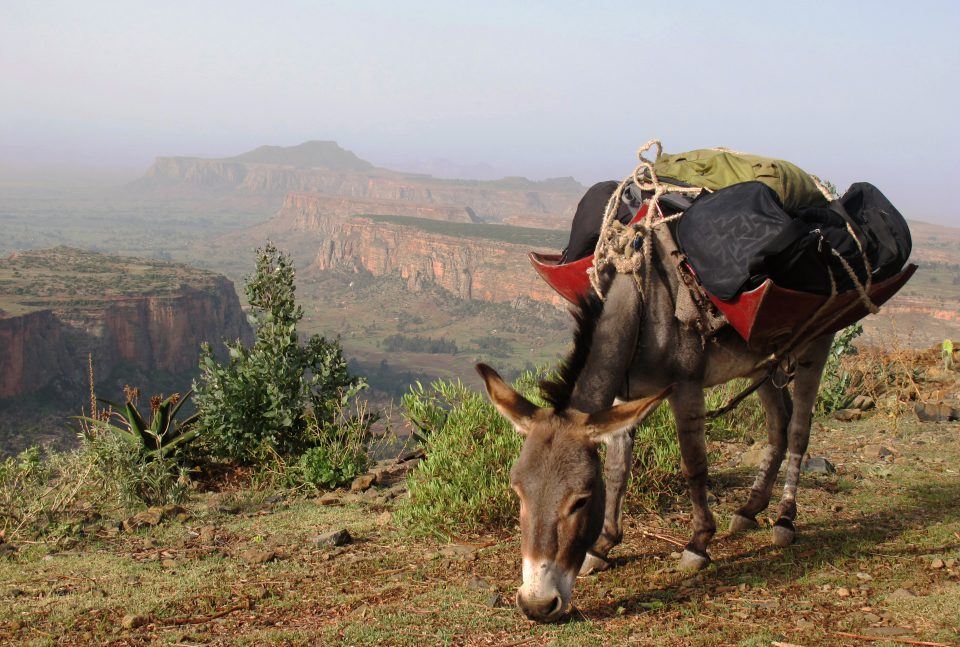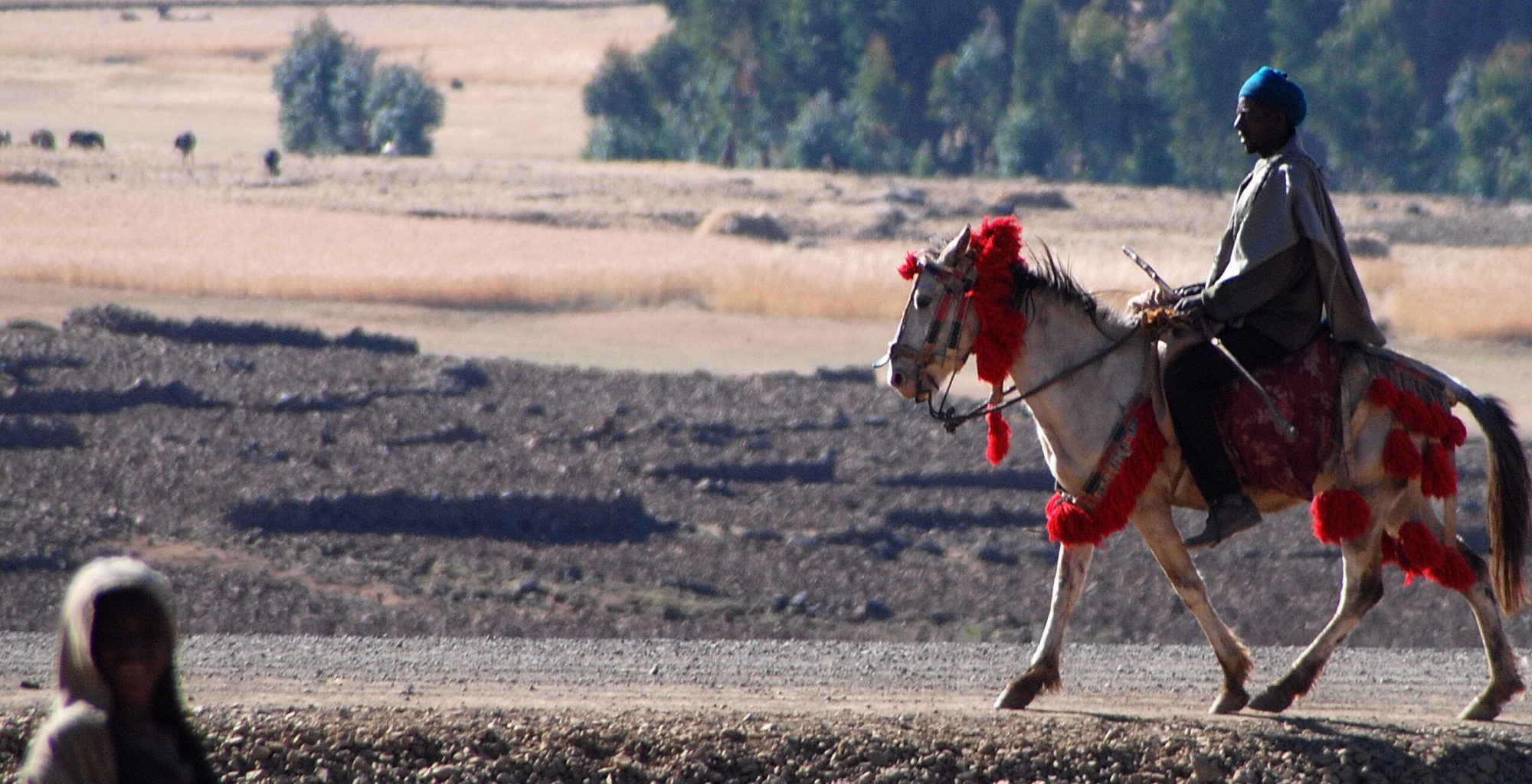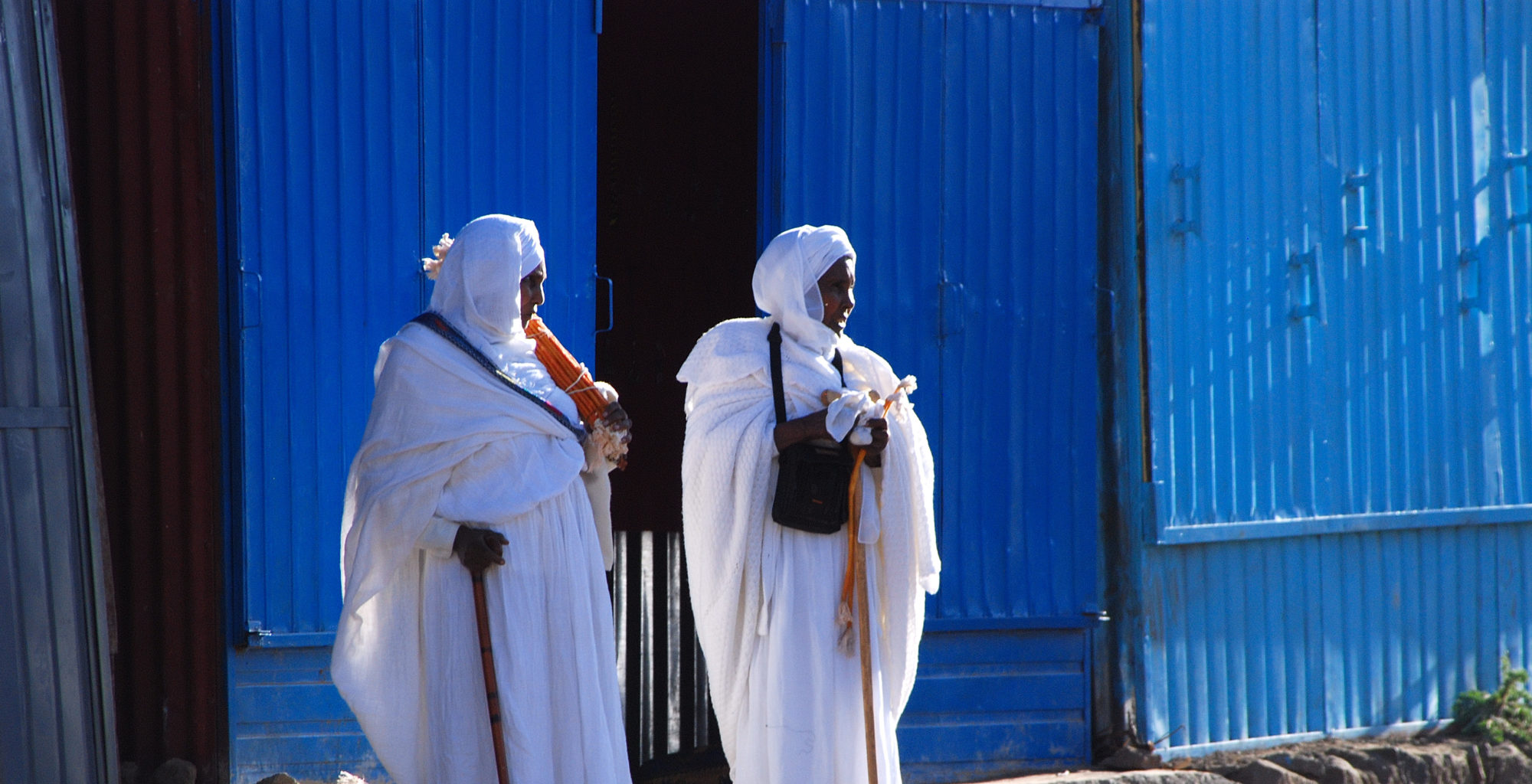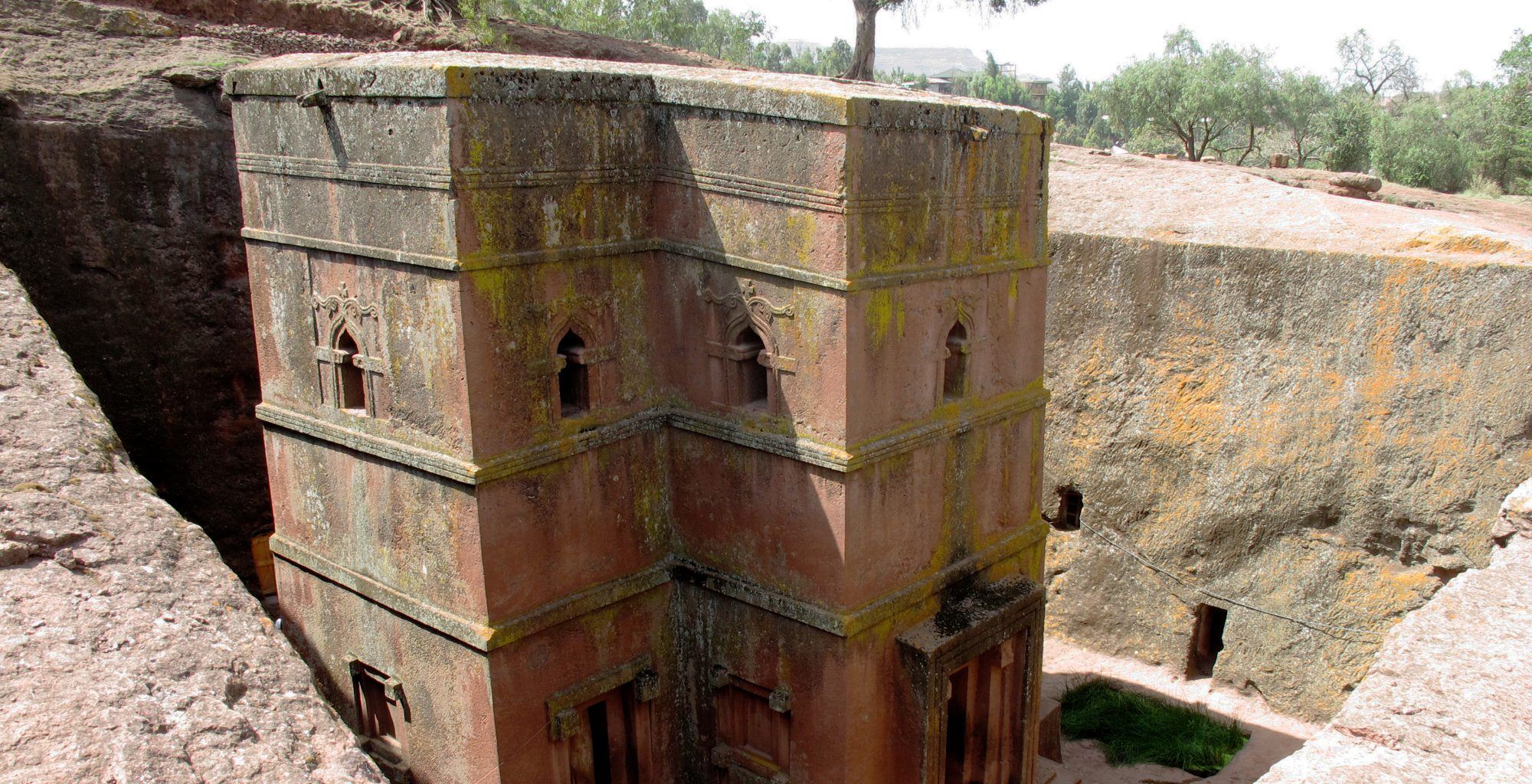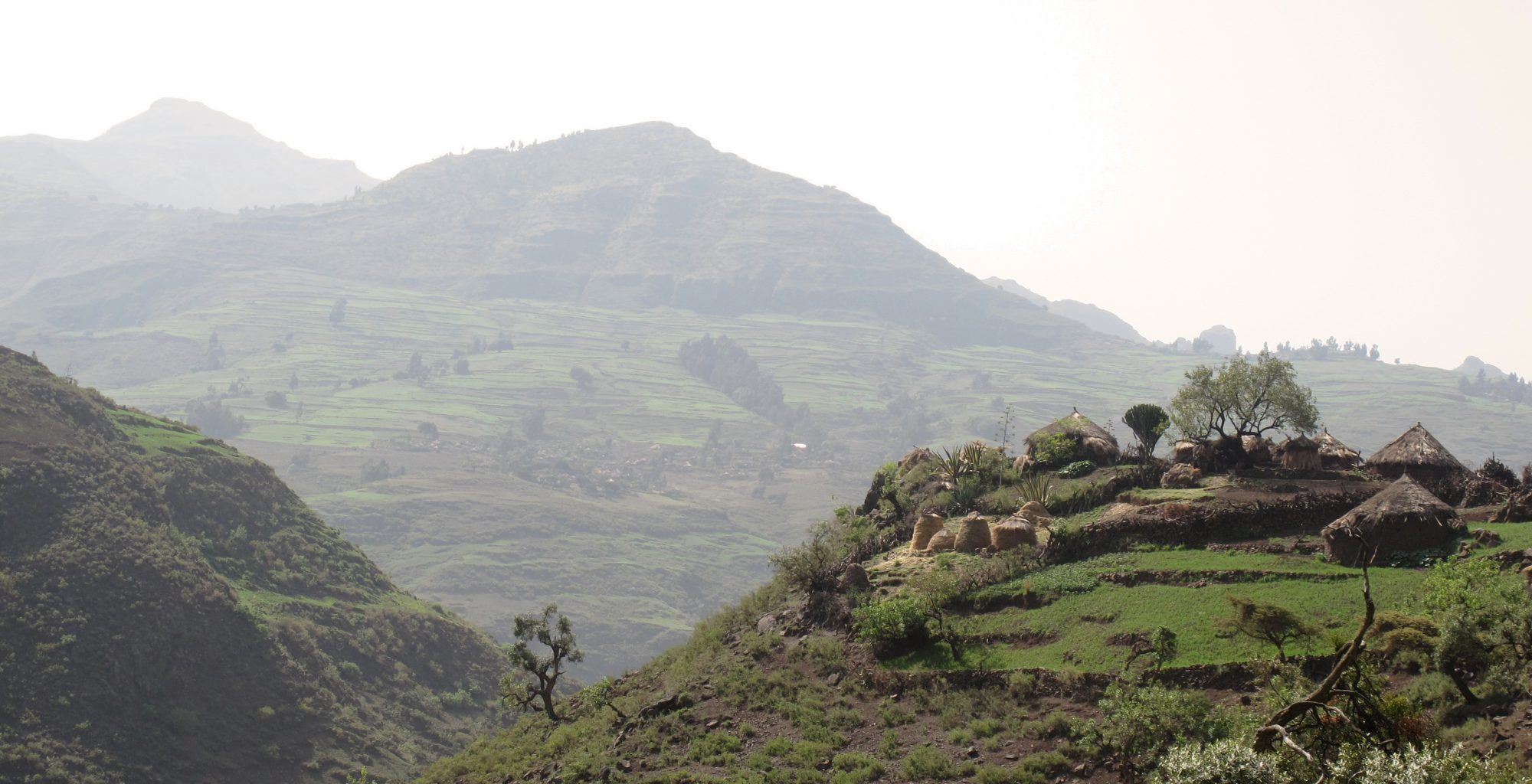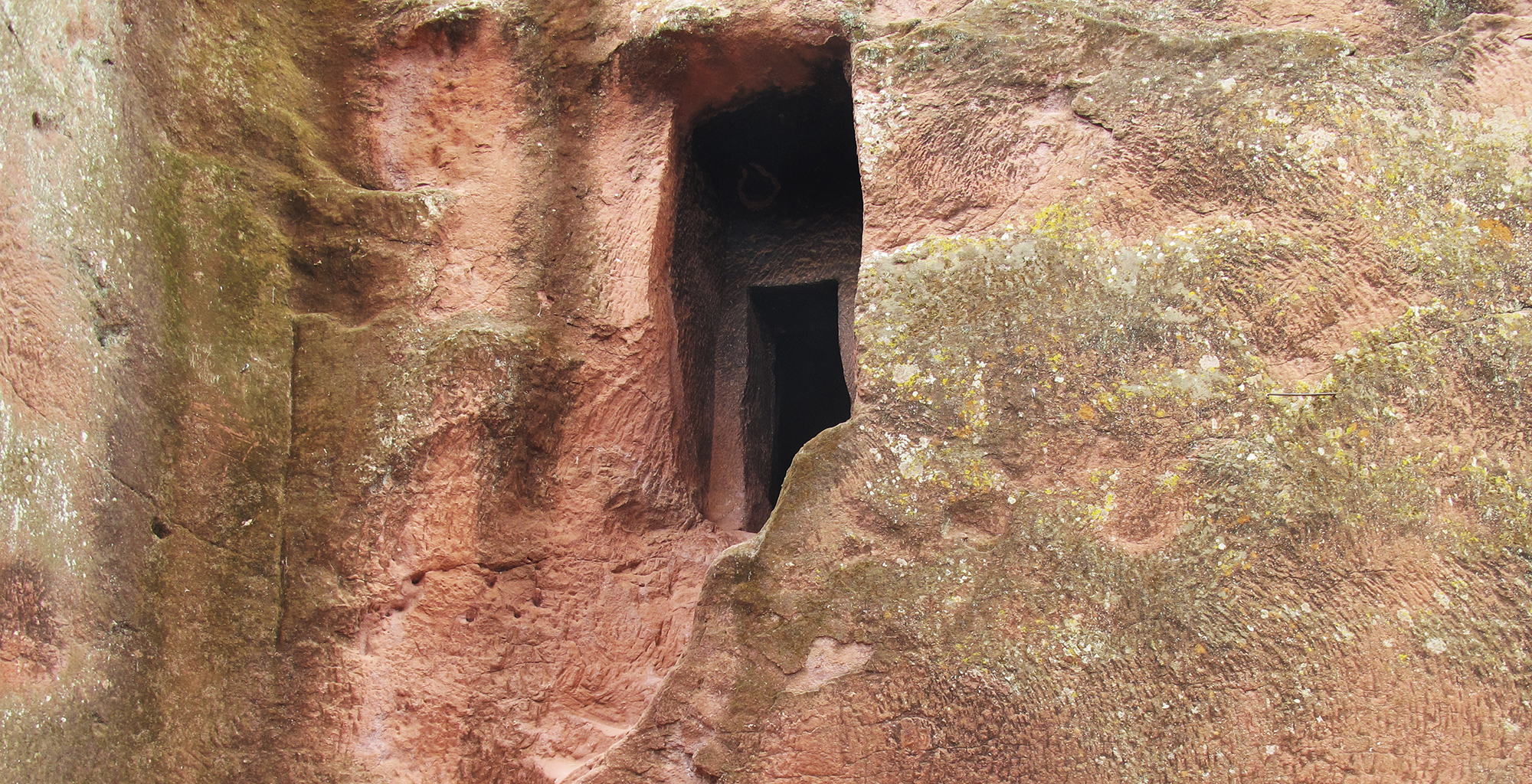For travellers with a sense of adventure, this trekking route along the ridge of the vast, towering Meket escarpment (to the south of Lalibela) provides a truly unforgettable opportunity to explore Ethiopia’s stunning mountain scenery and meet the people of the rural highlands, whose lives have changed little in many hundreds of years.
Overview
The treks, which can last from two days upwards (we recommend a three day trip), are part of an excellent tourism programme run by TESFA (Tourism in Ethiopia for Sustainable Future Alternatives), who work in partnership with small local communities, enabling them to register as private businesses and develop tourism-related ventures, whilst safeguarding their traditions and preserving the local environment.

The MCTW project consists of a number of rustic lodgings in truly spectacular locations, which are dotted along the rim of a plateau running east to west, from Woldiya to Gondar, and are in turn connected by an exciting walking route in an area rarely visited by tourists. There are currently 6 accommodation sites on the route (Mequat Mariam, Wajela, Aterow, Yadukulay, Boya Mikael and Aina Amba), and now that the planned chain all the way to Lalibela is complete, there are 8 community projects, allowing travellers keen on longer treks the option to spend over a week hiking amidst glorious scenery, together with the chance to explore in greater depth the landscapes around Ethiopia’s greatest site of religious pilgrimage.
The Mesket area offers an excellent alternative to the Simien Mountains – being a few thousand feet lower, the climate is a little warmer, gradients are smoother, the walking is fairly easy, and accommodation is vastly superior to camping options in the Simiens. The escarpment itself features a wide variety of plant, bird and animal life as well as caves, rock hewn churches, remote villages and affords stunning views north towards Lalibela and south towards Magdala, even Ras Dashen on a clear day.
Walking the Meket Community Tourism Walk you are unlikely to see many tourists. Except for the odd grind mill and braying donkey, there is no noise pollution and, if it were not for you and your fellow walkers, the scene would appear much like it would have done in the Bible. Everyone’s incredibly respectful, polite, and eager to say hello – as is the occasional priest you may come across, who will stop to bless the guides and staff before passing on. Encounters with the local population, it is fair to say, are often humbling, moving, even life-affirming experiences.
On average, walks are in the region of 5 hours a day, and while not technical, they are tiring as you do cover good distances, mostly following the escarpment edges when the harvest is in – so your legs should be up to it before committing. Going can be a little unsteady underfoot due to loose skree, but it poses few obstacles as long as you are wearing suitable footwear. A headtorch, layers of warm clothing and lightweight wind jacket are also highly recommended.

Rooms
At the end of a long day in the sub-tropical heat, overnighting in the tukul (thatched hut) accommodation sites is all part of the experience, made all the more pleasant by the hot shower, home-cooked meal and cold beer which awaits you.
Modest but cosy and welcoming, the accommodation sites all boast fantastic views off the escarpment and count three tukuls each, sleeping a maximum of 6 in basic but clean and comfortable beds. (Mequat has one tukul divided into 2 bedrooms sleeping 5 maximum, however they are upgrading by adding an extra tukul which can sleep an additional 3.) There is a separate dining room, shower and eco-toilet all built in the local style. Hot water is hoisted into canvas shower bags on demand each evening. The food prepared by local Ethiopians is hearty and more than adequate. A limited range of drinks are also stocked including beers, colas and bottled water. Sites most often visited by our clients include:
Meqhuat Mariam
The first project to be built is also the most dramatic looking south from a promontory of the Meket plateau towards Magdala. The site boasts a ‘rock bar’ and glorious views of the sun setting over Mount Guna. Even the views from the ‘bathroom’ are incredible!
Wajela
Wajela faces north towards Lalibela and the Takeze River valley and is set amidst juniper woodland and acacia trees. It takes around 7 hours to walk from Meqhuat on day 2.
Aterow
Aterow overlooks a dramatic gorge and is a little more exposed and barren than the other sites but no less beautiful. It is a 5 hour walk from Wajela on day 3 and a great place to see Gelada baboons.
Impact
Conservation
‘Tesfa Tours focus is on supporting the communities that are engaged in tourism. We believe that true community tourism is a partnership between philanthropic businesses and community run enterprises. This partnership should enable local communities to generate sustainable improvements in their livelihood through the development of their own tourism related enterprises, while also contributing to the protection of their physical and cultural environments. Thus community tourism is not merely tourism that benefits the communities but tourism in which a part of the product is owned by the communities. This means that not only do benefits (including income) flow directly to the community but they learn to make decisions and run their own businesses.
‘The result is a dignified and well balanced relationship between the service giver: the community, and the service receiver: the guest. This itself means a dignified and well balanced relationship between the service giver: the community, and the service receiver: the guest – you!
‘All the community sites are involved in environmental conservation measures – planting of indigenous trees, using composting toilets, having a very low use of water, etc. In addition since the main activity is trekking it is a low carbon holiday on the trek. Beyond this we are working with Frankfurt Zoological Society to develop a conservation area on Abuna Yoseph – one of the remaining refuges of the endangered Ethiopian Wolf. The tourism itself is designed to show communities the value of conserving their environment and wildlife by giving it an economic value.
Commerce
‘With the community treks income and employment is in local hands. Beyond the treks Tesfa Tours employs local guides and endeavours to use locally owned lodges and hotels where they provide a good standard. What we offer is unique in Ethiopia. On a trip you will meet a variety of local people and have the time to really interact with them and learn something of their views on their country and the lives of their people. Tesfa Tours is looking at ways to put more back into the local communities with which it works. As the relationships are still being worked out this is as yet unclear.
Community
‘Social responsibility is at the core of a Tesfa Tours holiday with the community treks designed to give the communities a pride in their own culture. As it puts the host communities in decision making positions they are empowered to conserve their own culture – a culture that in Highland Ethiopia, people are very proud of. On the trek you can see some of the initiatives that have been promoted through this community tourism.’
